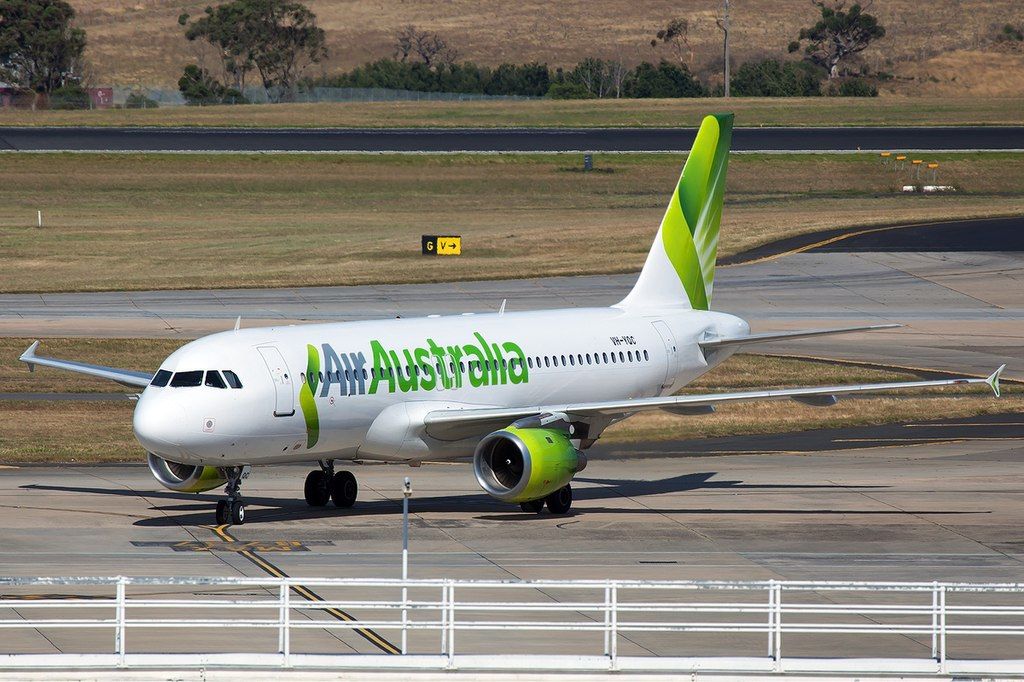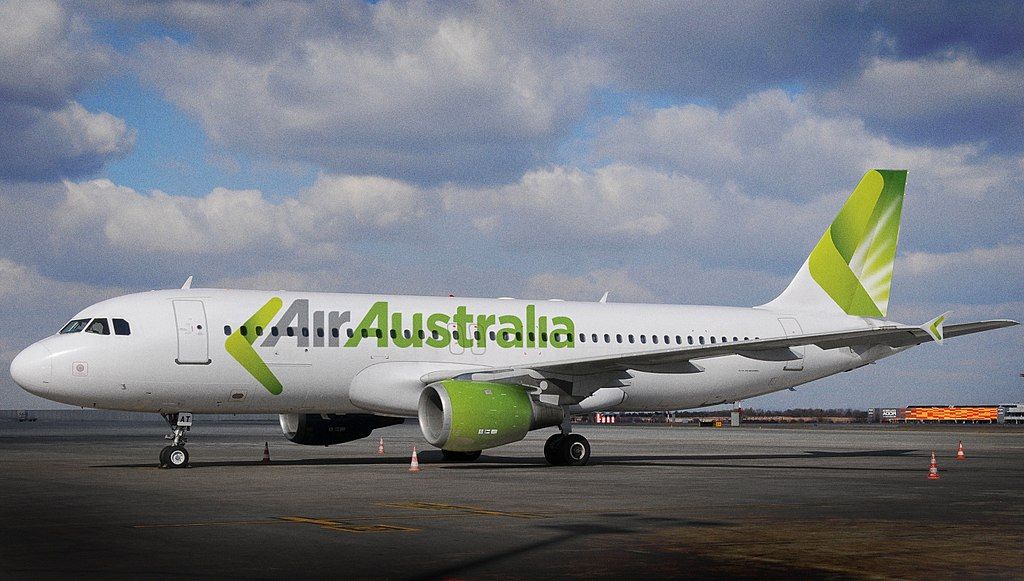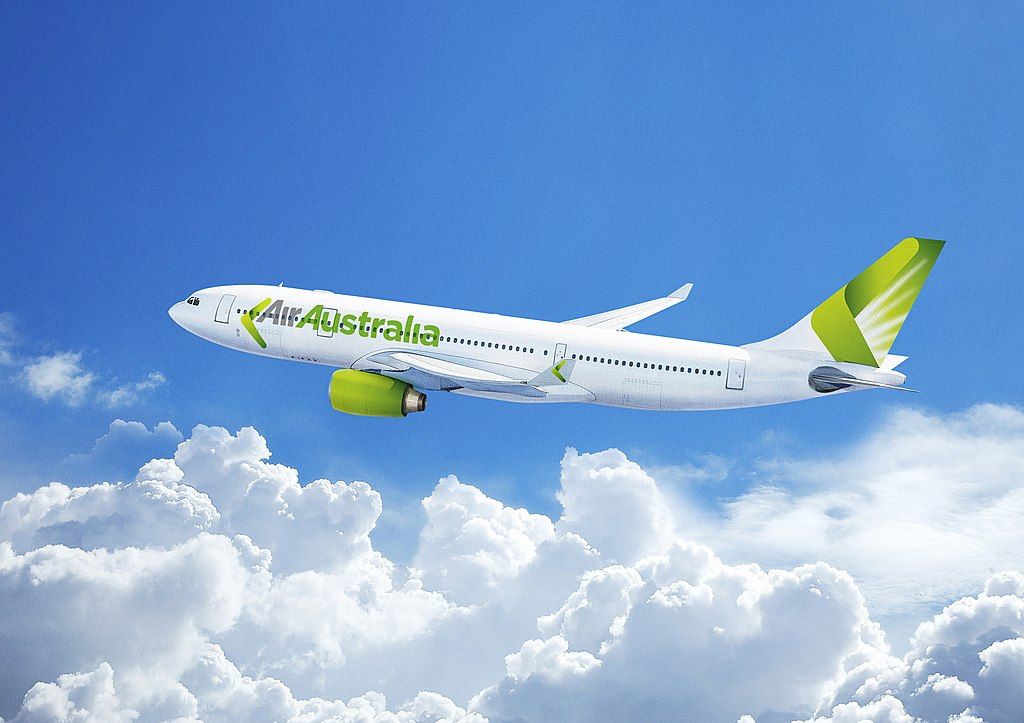Summary
- Air Australia, despite its short existence, showed potential to be a promising player in the Australian aviation scene, with competitive prices and a unique passenger experience.
- The airline faced financial challenges early on, leading to its unexpected closure and leaving thousands of passengers stranded.
- The downfall of Air Australia serves as a reminder of the volatile nature of the aviation industry, highlighting the importance of financial stability and strategic planning for airlines.
Air Australia (not to be confused with Australian Airlines, also a defunct carrier) was an Australian airline based in Brisbane. The passenger airline operated both domestic and international flights and, despite its short stint, seemed poised to be a promising player in the Australian aviation scene.
Taking to the skies
Initially founded in 1991 as Strategic Airlines, an air freight broker, the company underwent several leadership reshuffles and name changes before emerging as Air Australia in August 2011 with a sense of ambition and a vision for revolutionizing air travel. The airline aimed to position itself as a low-cost carrier that offered a unique experience for passengers, blending affordability with a touch of luxury.
Within four months of its rebranding, Air Australia commenced flights from Brisbane and Melbourne to Honolulu, Hawaii. Soon, the airline was flying to six domestic destinations and three international tourist hotspots, including Bali, Indonesia and Phuket, Thailand. There were also plans to fly to China, India, and Vietnam.
Love aviation history? Discover more of our stories here.
Thanks to its competitive prices that were mostly cheaper than other airlines in Australia, Air Australia quickly garnered attention and forged a path in the market. By this time, the airline had three Airbus A320s and an A330 in its fleet, with eight more A320s and six A330s on order.
Turbulent months
However, the journey for Air Australia was not without challenges. Early on, the airline faced several challenges that would test its resilience. One significant obstacle was difficulties in securing sustainable funding, leading to financial strain.
Just six months into operations, the airline's financial challenges reached a critical juncture, leading to a sudden and unexpected halt in its operations. On February 17, 2012, the company’s directors decided to place Air Australia into voluntary administration. This was spurred by a fuel supplier refusing to refuel an aircraft in Phuket due to outstanding payments.
Discover more aviation news for Australia and Oceania here.
Air Australia effectively suspended all flights, leaving around 4,000 passengers stranded in Bali, Phuket, and Honolulu, as well as domestically in Australia. They were forced to make their own out-of-pocket travel arrangements. Further to this, an estimated 100,000 others had booked tickets on flights that no longer existed.
Legacy and lessons
The sudden closure sent shockwaves through the industry and left many questioning the factors that led to the downfall of a carrier that had shown so much promise. Subsequent investigations into the demise of Air Australia revealed a complex web of financial issues, strategic missteps, and a broader landscape of challenges that contributed to its untimely end.
The story of Air Australia serves as a reminder of the volatile nature of the aviation industry and the delicate balance that airlines must maintain to ensure their survival. While the carrier may have faded into history, its legacy lives on in the lessons it imparts to both aspiring airlines and established players.
Get the latest aviation news straight to your inbox: Sign up for our newsletters today.
In the end, the rise and fall of Air Australia exemplify the high stakes and challenges that define the aviation world —an industry that continues to soar to new heights while navigating through turbulent skies.
Source: Hawaii News Now



